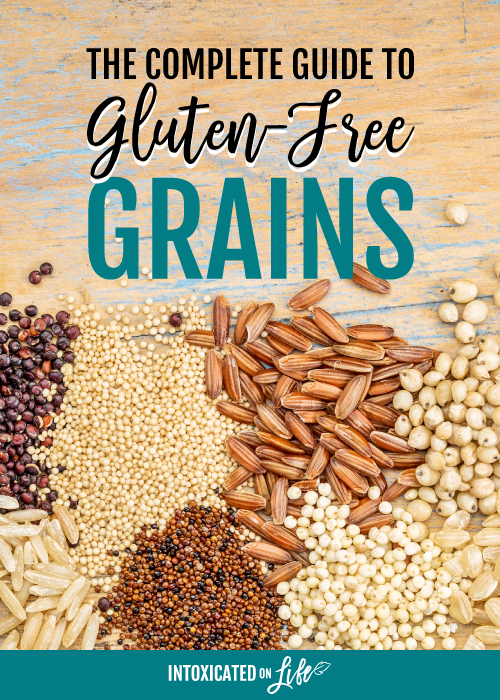Grain-Free Goodness: Gluten-Free Alternatives for Health


Grain-Free Goodness: Gluten-Free Alternatives for Health
Embarking on a gluten-free journey doesn’t mean sacrificing variety and nutrition. Discover a world of grain-free goodness with these gluten-free alternatives that not only cater to dietary restrictions but also enhance your overall well-being.
Quinoa: The Protein-Packed Seed
Quinoa stands out as a complete protein source among gluten-free grains. Packed with essential amino acids, fiber, and nutrients, it offers a versatile and delicious foundation for a range of dishes, from salads to breakfast bowls.
Rice: The Staple Gluten-Free Grain
Rice, a gluten-free staple, comes in various types, including brown, white, basmati, and jasmine. It serves as a reliable base for meals and is easily incorporated into diverse cuisines worldwide. Choose whole grain options for added nutritional benefits.
Millet: The Ancient Gluten-Free Grain
Millet, an ancient grain, is gluten-free and nutrient-rich. With a mild flavor, it can be a fantastic substitute for couscous or rice. Millet provides essential minerals and is a great addition to both sweet and savory dishes.
Buckwheat: The Pseudo-Cereal Powerhouse
Despite its name, buckwheat is not wheat and is entirely gluten-free. Rich in antioxidants and nutrients like magnesium and copper, buckwheat flour is a versatile choice for baking, while whole buckwheat can be used in porridge or salads.
Amaranth: The Nutrient-Dense Tiny Seed
Amaranth, a tiny seed, is gluten-free and nutrient-dense. It boasts high levels of protein, fiber, and micronutrients. Amaranth flour can be used in gluten-free baking, and the seeds can be cooked as a porridge or added to soups and stews.
Teff: The Tiny Gluten-Free Whole Grain
Teff, a tiny whole grain, is a gluten-free option originating from Ethiopia. It is high in iron, fiber, and protein. Teff flour can be used in gluten-free baking, and the whole grains can be cooked as a side dish or incorporated into salads.
Almond Flour: The Nutty Gluten-Free Option
Almond flour, made from ground almonds, is a popular gluten-free alternative in baking. Rich in healthy fats, protein, and vitamin E, almond flour imparts a delightful nutty flavor to baked goods while keeping them gluten-free.
Coconut Flour: The Low-Carb Gluten-Free Choice
Coconut flour, derived from dried coconut meat, is low in carbs and high in fiber. It adds a subtle coconut flavor to dishes and works well in gluten-free baking. However, it requires additional moisture in recipes due to its high absorbency.
Cauliflower Rice: The Low-Carb Grain Substitute
Cauliflower rice has gained popularity as a low-carb and gluten-free alternative to traditional rice. Simply grated or processed into rice-sized pieces, cauliflower can be a versatile base for stir-fries, casseroles, and other grain-free dishes.
Legumes: Protein-Packed Gluten-Free Choices
Legumes such as lentils, chickpeas, and black beans are excellent gluten-free alternatives. Packed with protein, fiber, and various nutrients, they can be used in salads, soups, stews, or even as a base for gluten-free pasta alternatives.
Incorporate these gluten-free alternatives into your diet to not only meet dietary restrictions but also enhance the nutritional profile of your meals. Explore more about gluten-free grains and alternatives at botanicalslimmingsoftgelsell.com for a diverse and delicious gluten-free experience.








